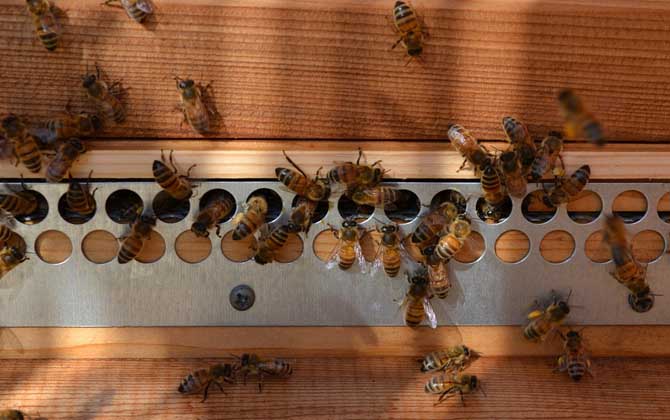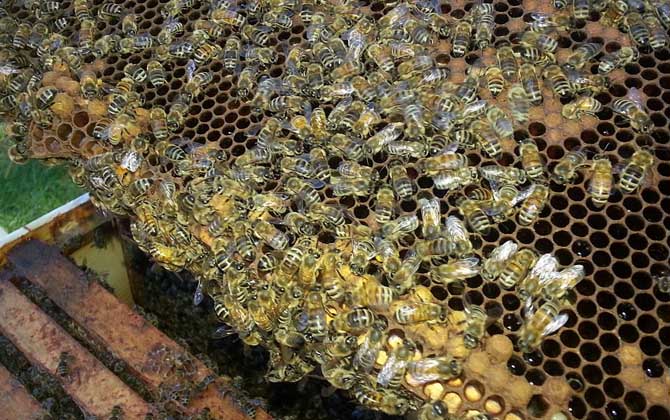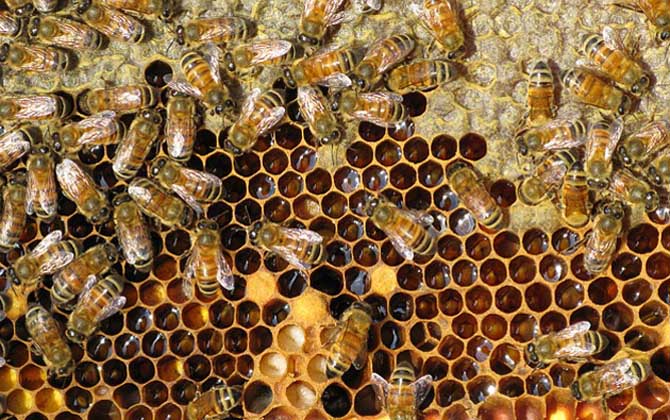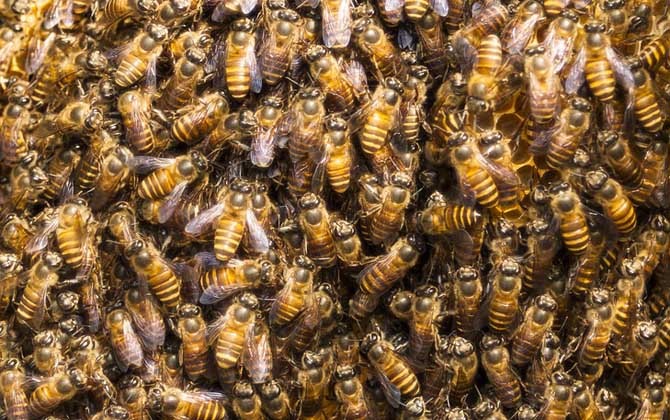Why Beekeeping Faces Challenges in Modern Times
Beekeeping, a traditional agricultural practice with a history spanning thousands of years in China, provides valuable products like honey, royal jelly, and beeswax. However, this industry is predominantly sustained by middle-aged and elderly practitioners, with very few young professionals dedicated to apiculture. Let’s explore the key challenges facing this ancient craft.

1. High Climate Dependency
Beekeeping success is heavily reliant on weather conditions. Key challenges include:
- Critical nectar flow periods disrupted by continuous rainy days
- Unpredictable weather patterns reducing honey production efficiency
- Climate change intensifying seasonal irregularities
For instance, colonies cannot forage during prolonged rainfall, leading to wasted nectar sources. Multiple unfavorable weather events within a year can result in significant financial losses, making apiculture a high-risk venture that deters younger generations.

2. Technical Expertise Requirements
Modern beekeeping demands specialized skills:
- Colony management and disease prevention knowledge
- Continuous learning through years of practical experience
- Adaptation to new apiculture technologies and methods
Many young practitioners abandon the trade within 1-2 years due to initial failures, while older beekeepers persist through accumulated experience. This creates an aging workforce as youth prefer stable, short-term income opportunities.

3. Market Challenges for Authentic Honey
The honey market presents three major obstacles:
- Consumer Awareness: 68% of buyers cannot distinguish real honey from adulterated products
- Production Issues: Easy adulteration methods using corn syrup or additives
- Price Competition: Fake honey sold at 30-50% lower prices than genuine products
This has created a distorted market where low-quality products dominate, squeezing ethical beekeepers out of profitability.

4. Nectar Source Limitations
Essential requirements for sustainable apiculture:
- Diverse flowering plants within 3km radius of apiaries
- Balanced colony density (recommended: 2-3 hives per hectare)
- Pesticide-free agricultural environments
Modern challenges include shrinking wildflower areas due to urbanization and frequent pesticide poisoning incidents, with studies showing 23% colony losses annually linked to agricultural chemicals.
Conclusion: Opportunities Through Innovation
While challenges like climate vulnerability, technical complexity, market fraud, and ecological constraints hinder industry growth, strategic solutions show promise:
- Adoption of smart hive monitoring systems
- Implementation of blockchain-based honey traceability
- Development of urban rooftop beekeeping programs
- Government-supported beekeeper certification programs
By emphasizing premium quality, ecological sustainability, and technological integration, modern beekeeping can regain its appeal to younger generations and ensure the preservation of this vital ecosystem service.